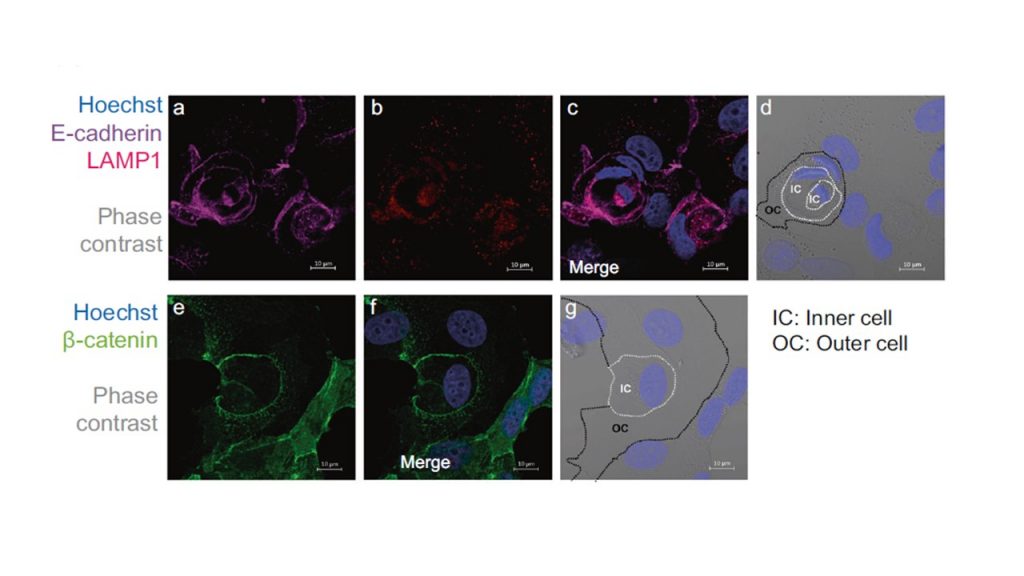Serena G Piticchio , Míriam Martínez-Cartró , Salvatore Scaffidi , Moira Rachman , Sergio Rodriguez-Arevalo , Ainoa Sanchez-Arfelis , Carmen Escolano , Sarah Picaud , Tobias Krojer , Panagis Filippakopoulos , Frank von Delft , Carles Galdeano , Xavier Barril.
J Med Chem. 2021, 64(24), 17887-17900. doi: 10.1021/acs.jmedchem.1c01108.
Fragment-based drug discovery (FBDD) is a very effective hit identification method. However, the evolution of fragment hits into suitable leads remains challenging and largely artisanal. Fragment evolution is often scaffold-centric, meaning that its outcome depends crucially on the chemical structure of the starting fragment. Considering that fragment screening libraries cover only a small proportion of the corresponding chemical space, hits should be seen as probes highlighting privileged areas of the chemical space rather than actual starting points. We have developed an automated computational pipeline to mine the chemical space around any specific fragment hit, rapidly finding analogues that share a common interaction motif but are structurally novel and diverse. On a prospective application on the bromodomain-containing protein 4 (BRD4), starting from a known fragment, the platform yields active molecules with nonobvious scaffold changes. The procedure is fast and inexpensive and has the potential to uncover many hidden opportunities in FBDD.




